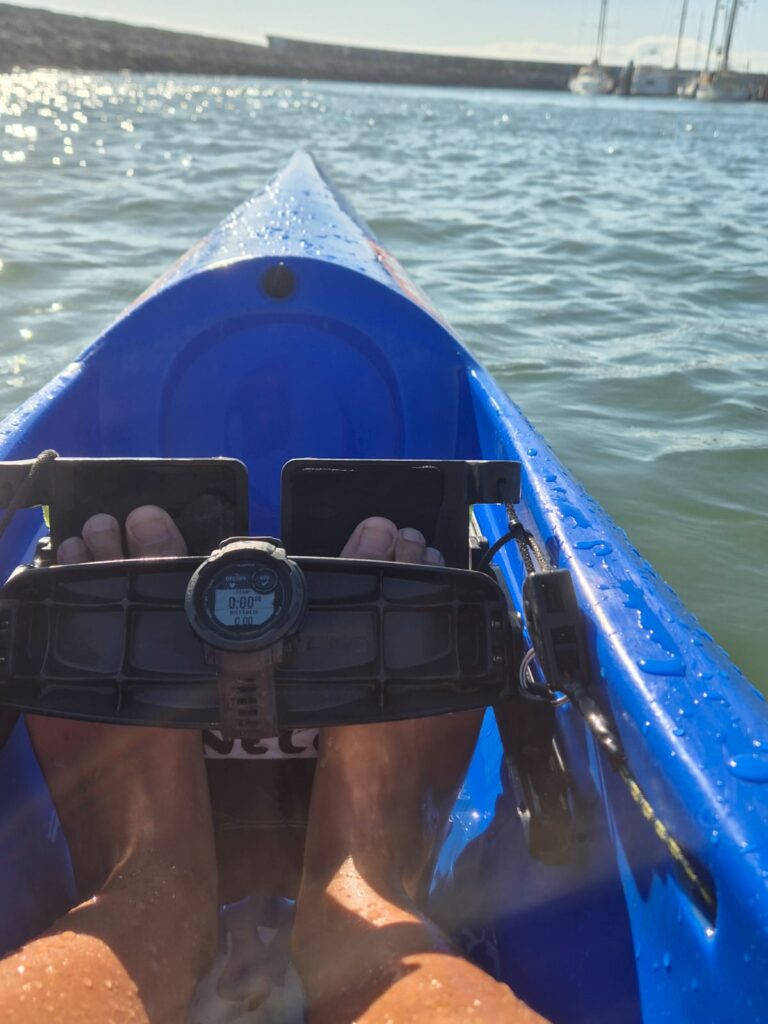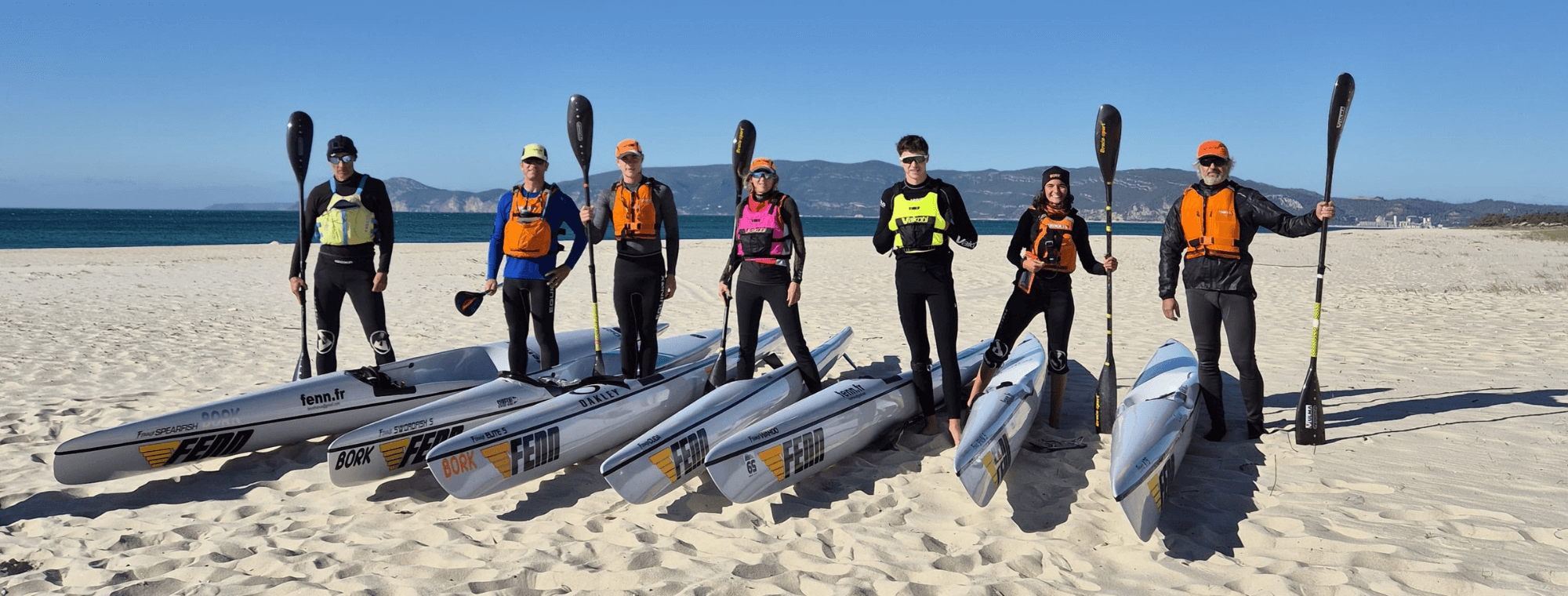Surfski is a water sport that has been gaining popularity in recent years, especially among adventure and extreme sports enthusiasts. Originating from South Africa, surfski combines elements of kayaking and surfing, allowing participants to enjoy open waters, waves, and breathtaking landscapes. In this article, we’ll dive into what surfski is all about, its characteristics, benefits, and some tips for those looking to try this exhilarating activity.
What is Surfski?
Surfski is a type of paddling craft, specifically designed for use in open water and often in wave conditions. Unlike traditional canoes and kayaks, surfski skis are longer and narrower, offering better speed and maneuverability. Typically, these crafts are made from lightweight, durable materials like fiberglass or plastic, making them easy to handle and transport.
One of the key features of surfski is its ability to glide over waves, allowing practitioners to harness the force of the waves for increased speed. This is particularly appealing to surfing enthusiasts, who can transfer their surf skills and sensations to a new experience in open water.
History of Surfski
The practice of surfski dates back to the 1950s in South Africa, where surfers began using lightweight boats to reach waves farther from shore. Over the years, the design of surfski skis has evolved, becoming more aerodynamic and efficient. Since then, surfski has spread globally, building a strong community of practitioners and dedicated competitions.
Characteristics of Surfski
Design and Construction
Surfski skis vary in length, width, and shape, but in general, they share the following characteristics:
- Length: Skis typically range from 5 to 7.5 meters. Longer models offer greater speed, while shorter ones are more maneuverable.
- Stability: There are skis designed for beginners, offering more stability, as well as models for advanced users, enabling higher performance.
- Weight: Lightweight crafts make handling and transportation easier.
- Seat: Surfski skis generally feature an open seat, allowing the paddler to sit and use the correct paddling technique.
The Paddle Stroke
The paddling technique in surfski is different from traditional canoeing. Practitioners use a broad-bladed paddle, which is immersed deeply into the water to maximize traction. This practice requires coordination and strength, and mastering the technique can significantly increase speed and efficiency.
Benefits of Surfski
Surfski offers a variety of physical and mental benefits. Here are a few:
- Physical Exercise
Surfski is an excellent cardiovascular workout that engages several muscle groups, especially the arms, shoulders, and core. The endurance required to paddle and the balance needed to stay upright provide an effective and challenging workout.
- Connection with Nature
Being on a surfski allows practitioners to enjoy the natural beauty of open waters, islands, and coastlines. The experience of being in direct contact with the water and observing marine life is deeply rewarding and calming.
- Skill Development
Like many other sports, surfski fosters the development of various skills, including coordination, balance, and endurance. Practitioners also gain knowledge about the weather, waves, and navigation in open water.
- Community
Surfski is often practiced in groups, offering a sense of community among enthusiasts. Joining surfski clubs or events allows for socializing, learning new techniques, and connecting with like-minded people.
Tips for Beginners

If you’re interested in trying surfski, here are some tips to get started:
- Choose the Right Equipment: For beginners, it’s recommended to start with a stable surfski. Schools and rental centers can provide the appropriate equipment.
- Take Lessons and Training: Consider taking lessons from experienced instructors, who can teach you the proper technique and help avoid injuries.
- Assess Weather and Water Conditions: Before heading out, it’s essential to check the weather and sea conditions. Beginners should start in calm waters and good weather to ensure safety.
- Wear Safety Gear: Life jackets are a must, and it’s advisable to have a rudder or flotation device for added safety.
- Practice Paddling Technique: To improve efficiency and speed, focus on your paddling technique. Regular practice with attention to posture and arm movements is key.
- Adapt to the Waves: Learning to read and handle waves is a crucial part of surfski. Practice navigating in choppier waters under instructor supervision until you gain confidence.
- Be Prepared for the Unexpected: Accidents can happen, so be ready to handle unexpected situations like capsizing. Learning to recover a capsized surfski is a valuable skill.
Competitive Opportunities
For the more adventurous, surfski offers a variety of competitive opportunities. There are local, national, and international competitions where participants can test their skills over various distances and courses. Competing is not only a way to challenge yourself but also to meet other enthusiasts and athletes in the sport.
Conclusion
Surfski is an exciting and challenging activity that offers a unique way to enjoy open waters. With its blend of performance, technique, and connection with nature, this sport is attracting more and more enthusiasts. Whether you’re a beginner seeking adventure or an experienced paddler looking for new challenges, surfski has something for everyone. Investing time in learning the sport and improving your skills will not only provide excellent exercise but also unforgettable memories and new friendships.
If you’re ready to explore the adventures of surfski, get ready for an experience that combines adrenaline and tranquility, where every stroke is an opportunity to connect with nature and boost your physical and mental health. The horizons are open, and your next great adventure awaits on the water!


Deixe um comentário